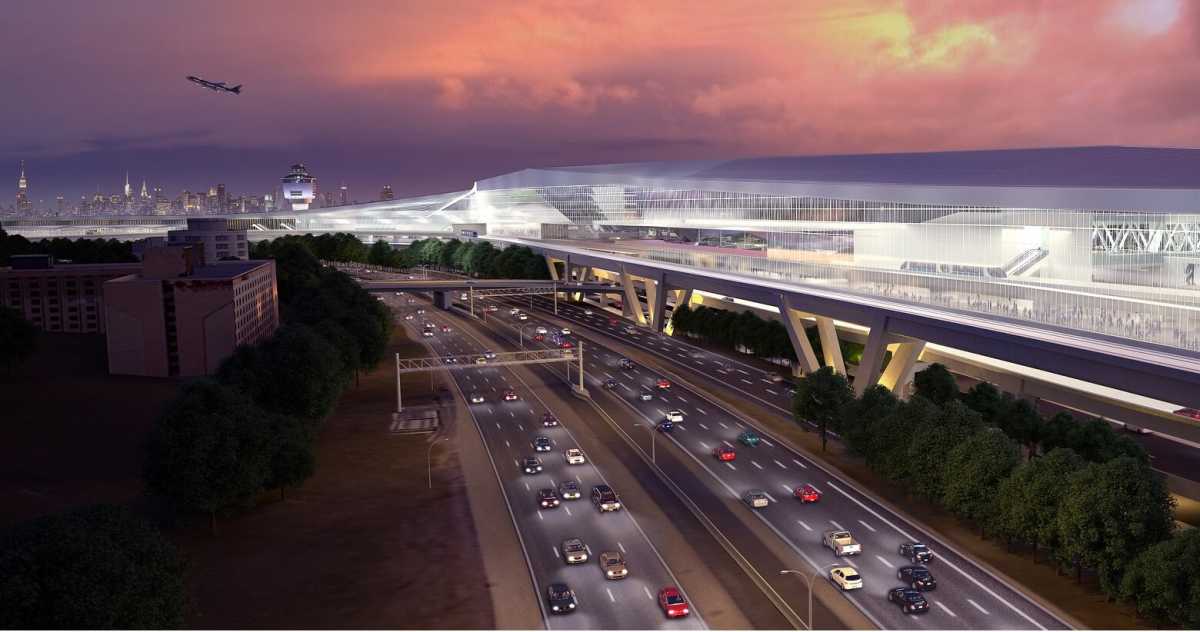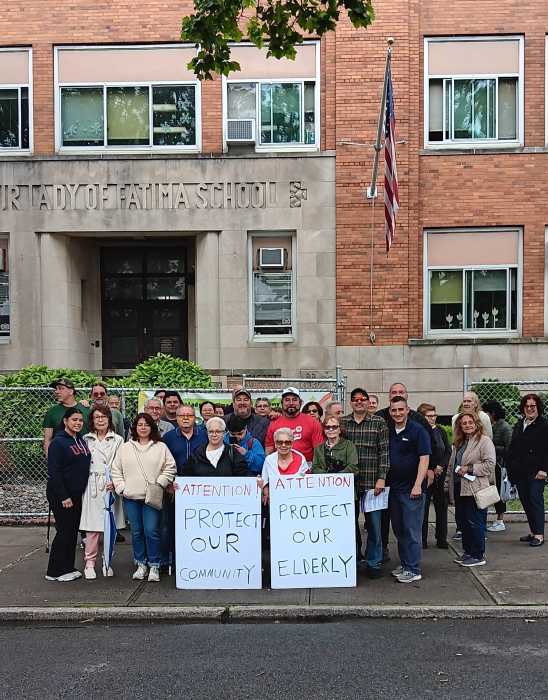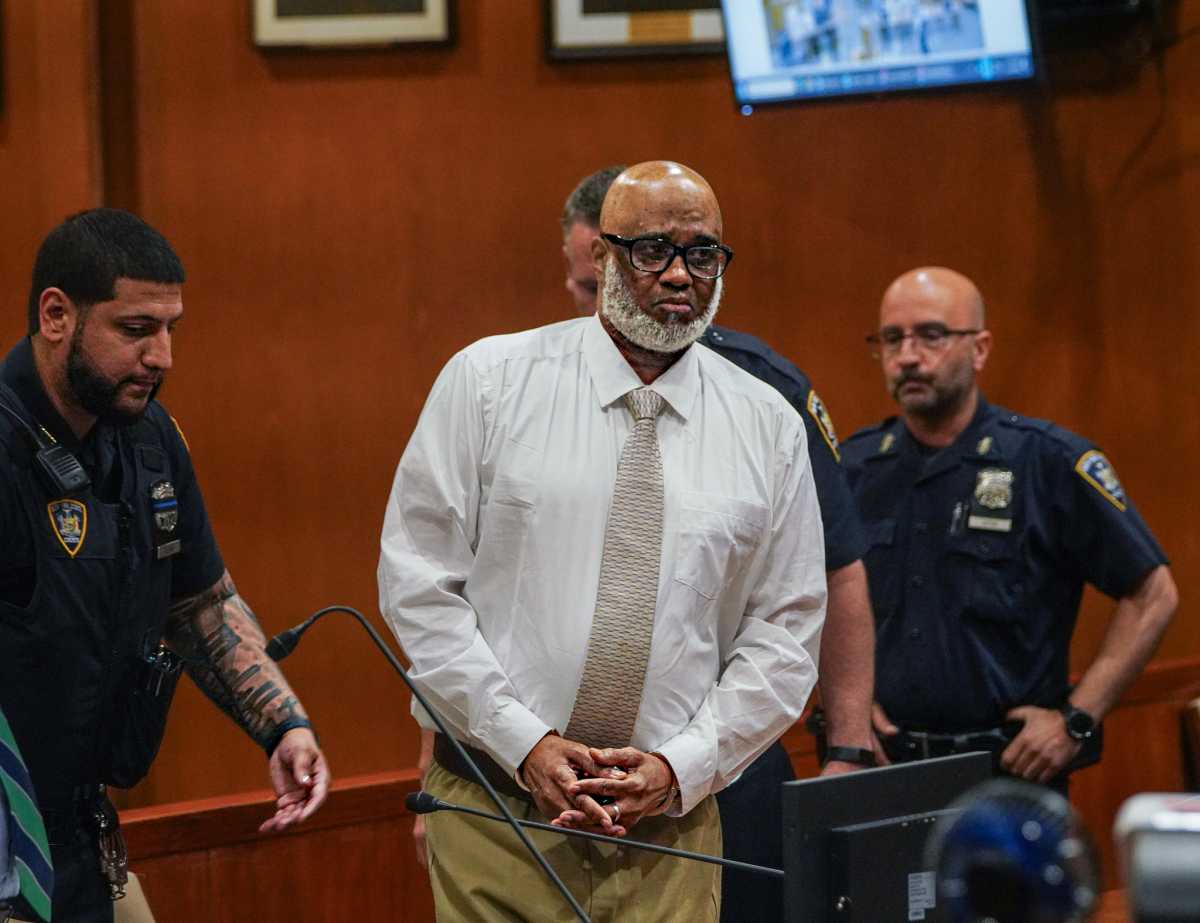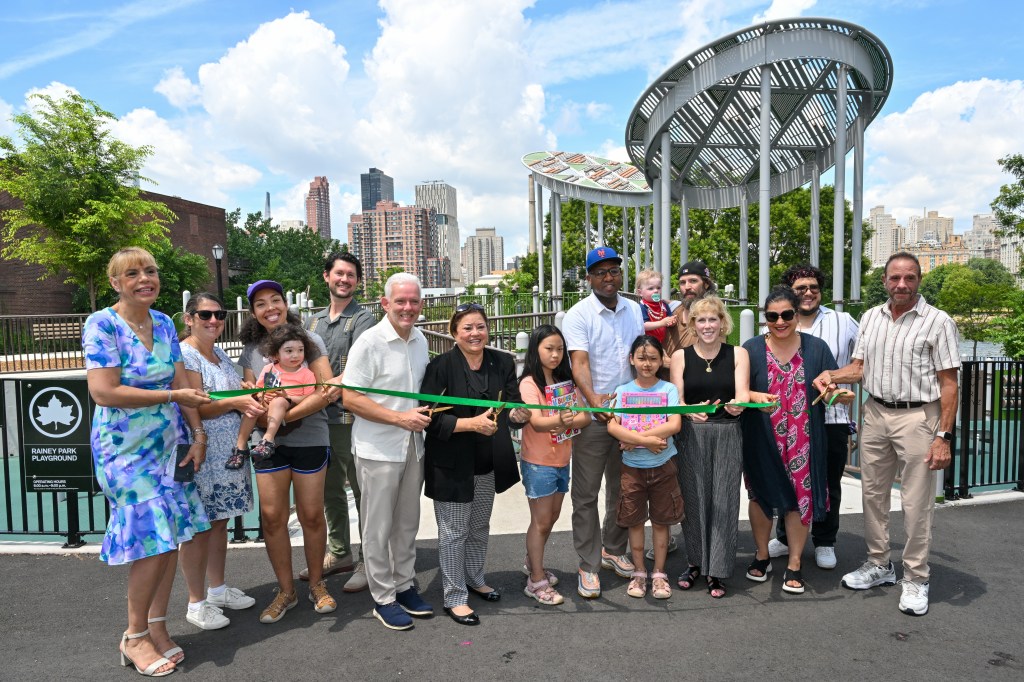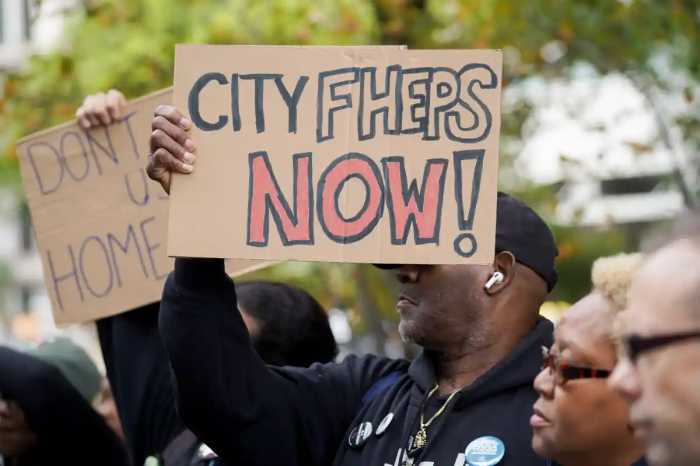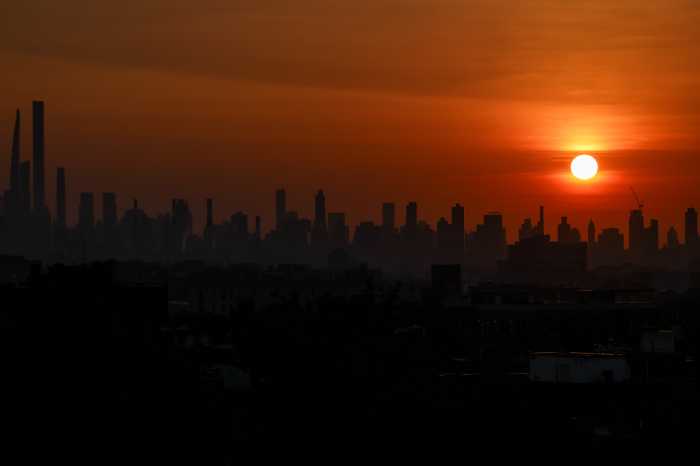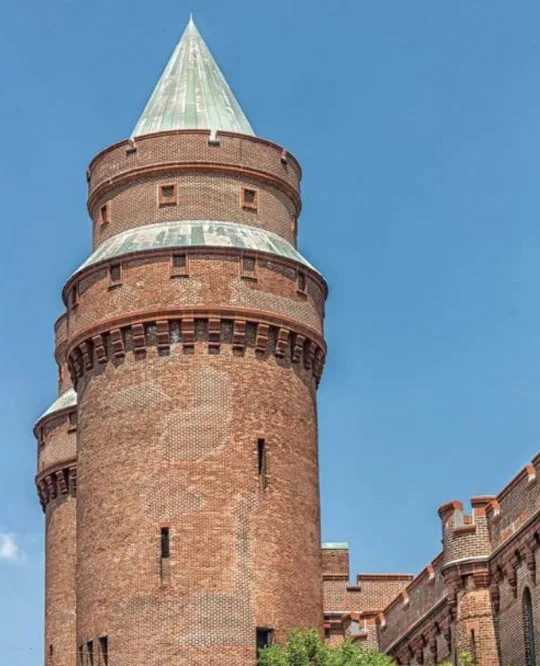Environmentalists are voicing their opposition against the latest route of the proposed LaGuardia AirTrain.
The Port Authority of New York and New Jersey launched an environmental review process when it filed a series of analyses with the Federal Aviation Administration last Thursday, listing 20 options to improve access to the airport including express bus lanes, ferry service and a previously proposed extension of the Astoria line.
The agency made clear its “preferred alternative” is an elevated train operating between LaGuardia and Willets Point, with transfers to the Long Island Rail Road and the MTA’s No. 7 subway line, a proposal favored by Gov. Andrew Cuomo.
“As is the case with any critical infrastructure project, public input and a thorough evaluation of all alternatives is paramount,” Port Authority Executive Director Rick Cotton said. “Our goal is to provide LaGuardia Airport passengers with a convenient, reliable, world-class rail connection with travel times below 30 minutes from midtown Manhattan. We’re grateful for the invaluable community input that has guided our planning thus far and look forward to additional engagement as the FAA proceeds with the formal environmental review.”
In the original proposal, the AirTrain was to run alongside the Grand Central Parkway but after complaints from Community Board 3 and civic associations representing neighborhoods that surround LaGuardia Airport, the Port Authority went back to the drawing board and developed a new route that would move the route closer to Flushing Bay and away from residential neighborhoods.
The Guardians of Flushing Bay announced its opposition to the project on Friday. The coalition of dragon-boaters, residents and citywide partners called the proposed route a threat to parkland, a burden to residents, and a backwards step in New York City’s move toward climate resilience.
“Guardians urges PANYNJ to redefine its goals for the project from prioritizing new construction to prioritizing all New Yorkers,” the Guardians said in a statement. “In an area starved of parks and crisscrossed by highways, the preferred route passes over more than a quarter of the Flushing Bay promenade and takes away parkland. Resting in a 100-year flood plan, the promenade could act as a climate resilient sponge for the city as an asset for the community, but instead it may serve as yet another example of top-down infrastructure planning.”
Another environmental group, Riverkeeper, slammed the Port Authority’s plan, saying the traffic and alternatives analyses had not been vetted by experts and community members and that the timeline of just one year for the environmental review was inadequate. Riverkeeper noted that the JFK AirTrain environmental review spanned three years.
“The Port Authority seems focused more on the date for the ribbon cutting than on earning community support and conducting a meaningful environmental review,” Riverkeeper President Paul Galley said. “It’s time for a real public discussion about the very serious issues that surround the Port Authority’s AirTrain plan.”

